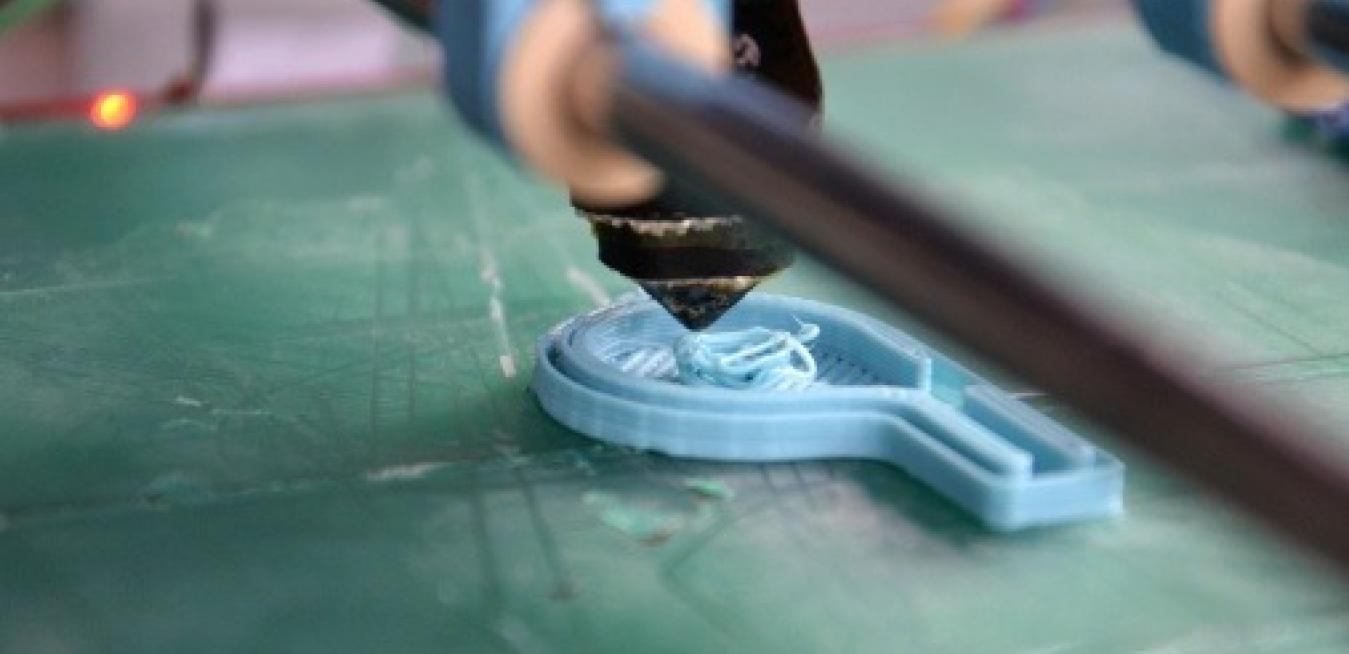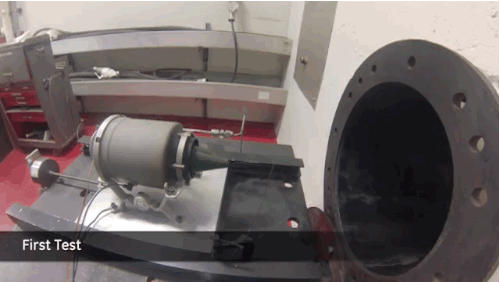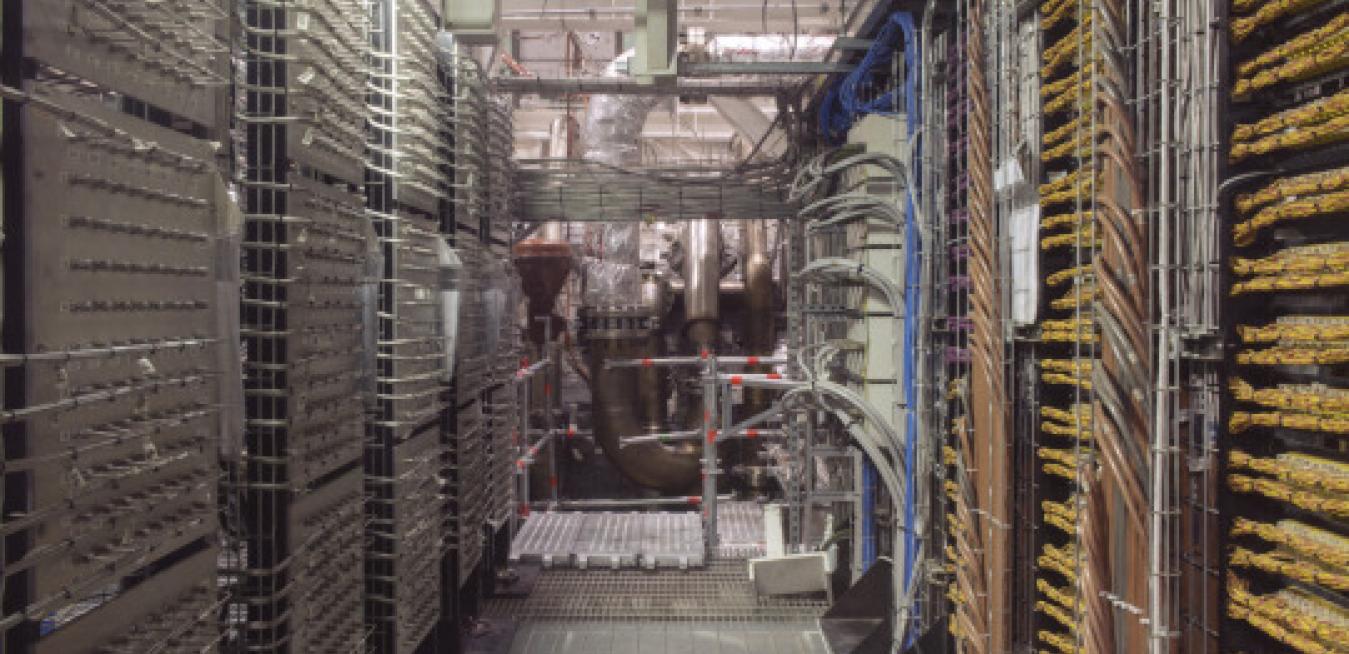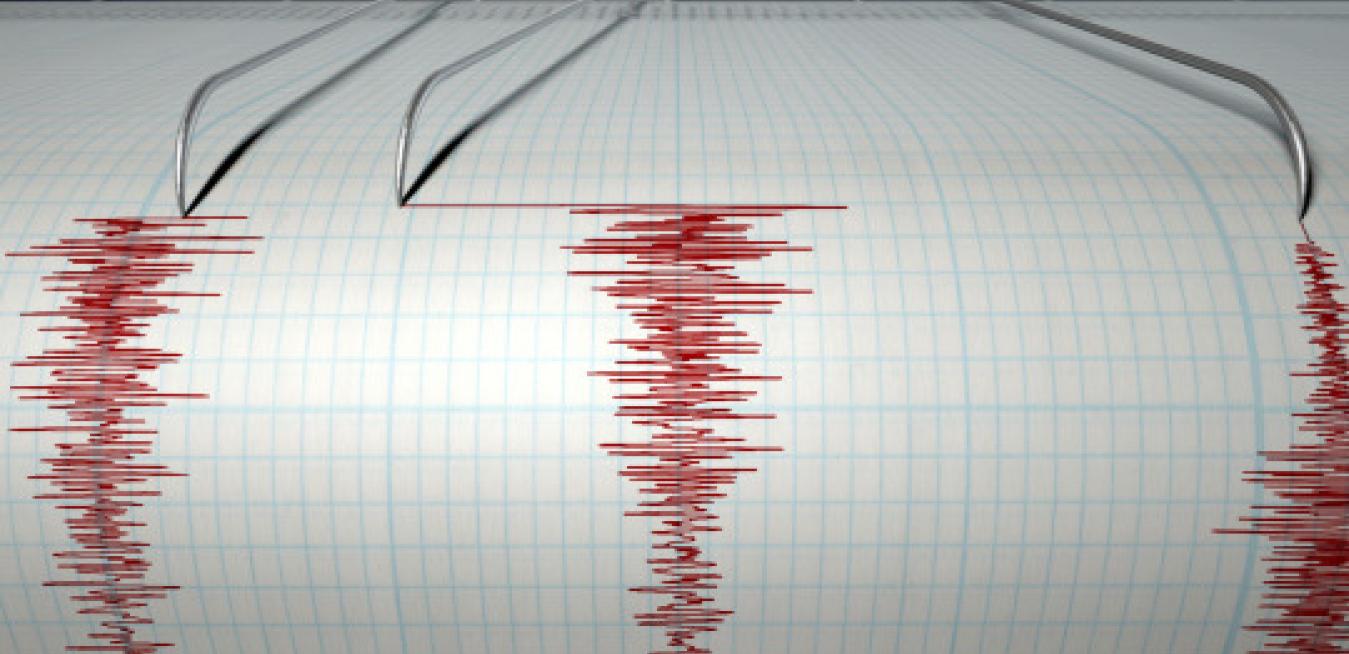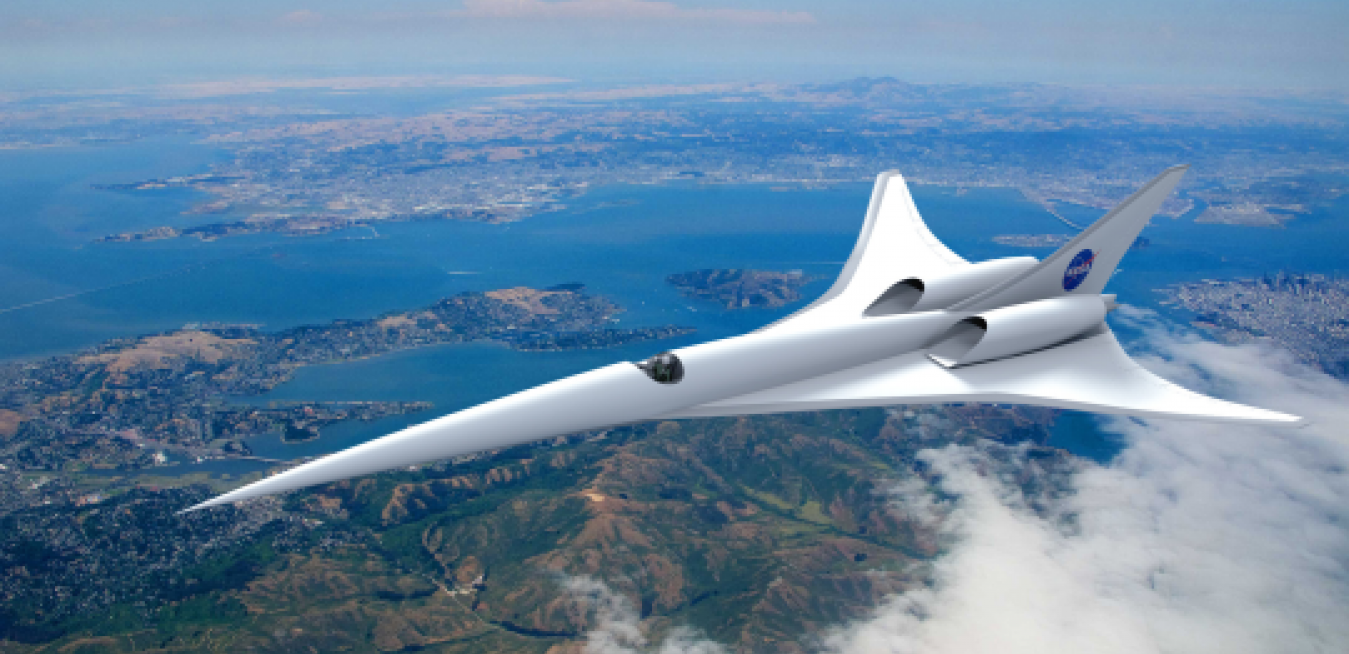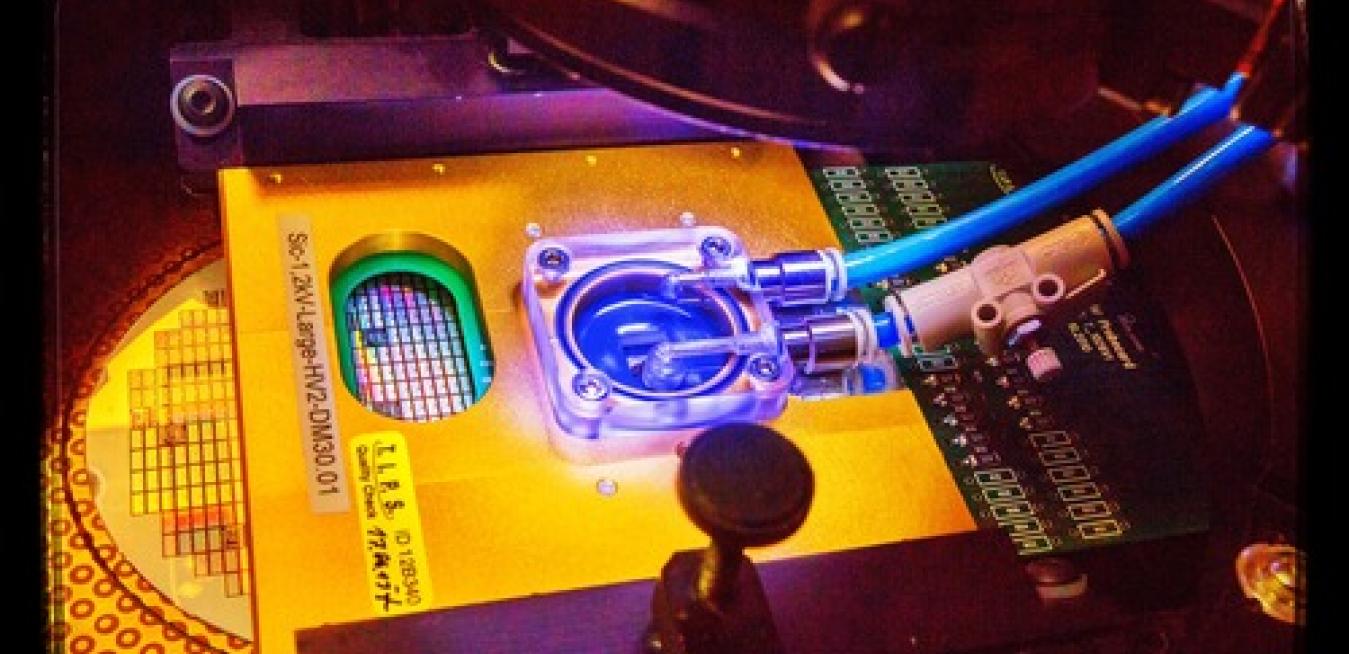Consider it a jet engine for the Oompa-Loompas. GE engineers working on the future of aircraft manufacturing recently showed off some of their capabilities. They made a simple 3D-printed mini jet engine that roared at 33,000 rotations per minute (see video above).
The World Economic Forum's annual list of emerging technologies, released this summer, include both familiar and unfamiliar discoveries. Experts believe this is the year they will most impact individuals, businesses and society.
The motion of the first pendulum was slightly off from the other. At one point, software in New York sent a command to equipment attached to the pendulum in California to fix its movement so that the two remote instruments would swing identically (see video below).
With the recent earthquakes that hit so close to home, one can only wonder if it is going to happen again. We all know that an earthquake is a sudden violent shaking of the ground, typically causing great destruction within the area but have you ever wondered what goes on beneath the earth’s surface? Could Kuala Lumpur be vulnerable to an earthquake?
Like microchips inside computers and laptops, power management chips are pieces of semiconductor as small as a cornflake. But they move electricity (watts), not data (bytes). Their circuits help extend battery life and reduce power consumption for a broad range of devices: from smartphones and tablets to brain scanners and jet engines. They can make machines smaller, lighter, and more efficient.
